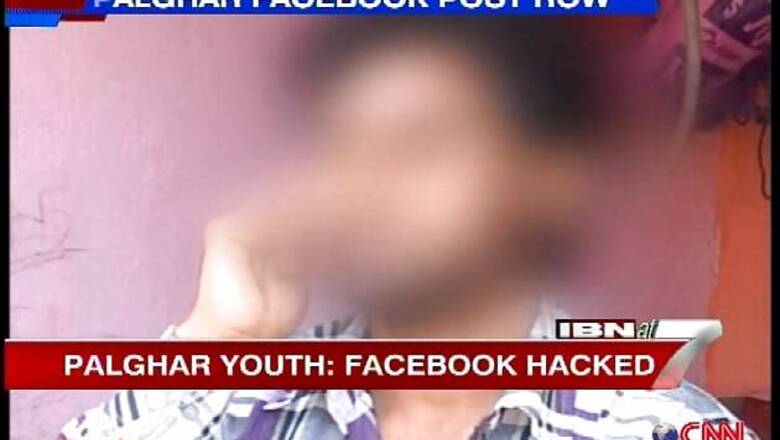
views
New Delhi: In a major development, the Supreme Court has asked the Attorney General to respond to a petition challenging the controversial Section 66A in the Information Technology Act. The apex court has listed hearing in the public interest litigation (PIL) filed by a Delhi student.
The step by the Supreme Court came even as the government circulated new guidelines on how to enforce the controversial section following the Facebook arrest row. According to the new guidelines, prior approval from the Deputy Commissioner or an IGP-level officer is needed before Station House officers (SHOs) can register such complaints.
Sources say that the government is acting on Civil Society fears that the Maharashtra incident is not justified and that Section 66A of the IT Act is unconstitutional and open to misinterpretation.
And following the recent developments, youngsters are now being careful of what they post online. The fear has turned even worse after a youth in Palghar was on Wednesday detained for allegedly posting defamatory comments about Maharashtra Navnirman Sena (MNS) chief Raj Thackeray. The youth has, however, claimed that his Facebook account was hacked.
In Palghar, where two girls were also recently arrested over a Facebook post criticising the Mumbai bandh for the funeral procession of Shiv Sena founder Bal Thackeray, every youngster, active on social media, is now wary of what they post online. "The message was written to create tension amongst north Indians and the MNS," said the youth.
Even before the storm over the arrest of the two girls had receded, the Palghar youth was questioned by the police for alleged derogatory posts against the MNS chief , and after he claimed that his account was hacked, a case under the IT Act was registered against an unknown person after the police concluded that a fake account was created in the youth's name.
Meanwhile, taking a cue from the Shiv Sena, the MNS too threatened to teach Raj Thackeray 's online critics a lesson. MNS district chief Kundan Sankhe said, "Proper punishment should be meted out so that such posts are not made."
However, amidst the fear came some respite for the two girls who were arrested for their posts on Mumbai shutting down following Bal Thackeray's death. The Maharashtra Director General of Police (DGP) hinted a closure report would be filed soon, even as the Centre drafted new guidelines on the usage of IT laws. The Supreme Court, too, admitted the PIL asking for section 66 A to be made non cognisable.
While the Palghar arrests have certainly reignited the long pending debate of section 66(A) of the IT Act, it has also brought to the fore the intolerance of the political class towards any criticism. This episode has certainly been a setback for all those who vigorously use social networking sites to express their views. It has brought in a sense of fear.
What the Section 66 (A) of IT Act says:
1. Punishment for sending offensive messages via electronic mail message
2. Any electronic mail message that is grossly offensive or is menacing
3. Any false info causing annoyance, insult, danger
4. Causing inconvenience
5. Deceiving or misleading recipient
6. If guilty, faces up to 3 years in jail and a penalty.
New guidelines:
No less than a police officer of a rank of DCP will be allowed to permit registration of a case under provisions of the Information Technlogy Act that deals with spreading hatred through electronic messages, following uproar over recent arrests under the controversial law.
In the case of metropolitan cities, such an approval would have to come at the level of Inspector General of Police. "... the concerned police officer or police station may not register any complaints (under Section 66 (A)) unless he has obtained prior approval at the level of an officer not below the DCP rank in urban and rural areas and IG level in metros," a top source said.












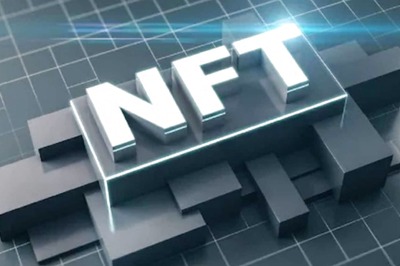


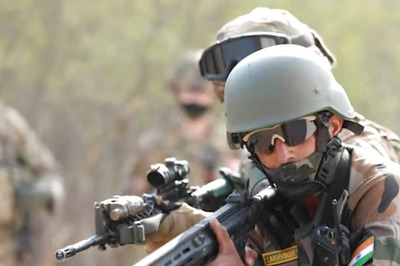
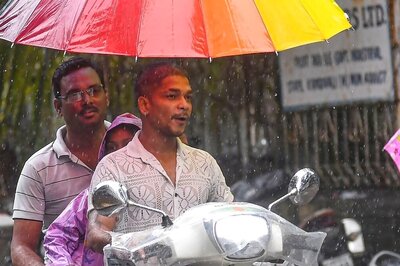
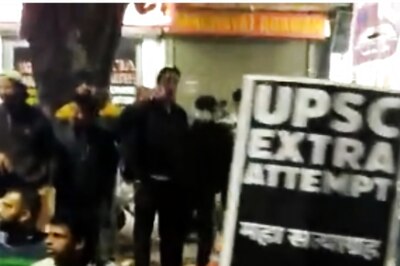
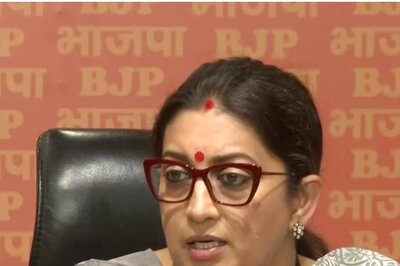

Comments
0 comment